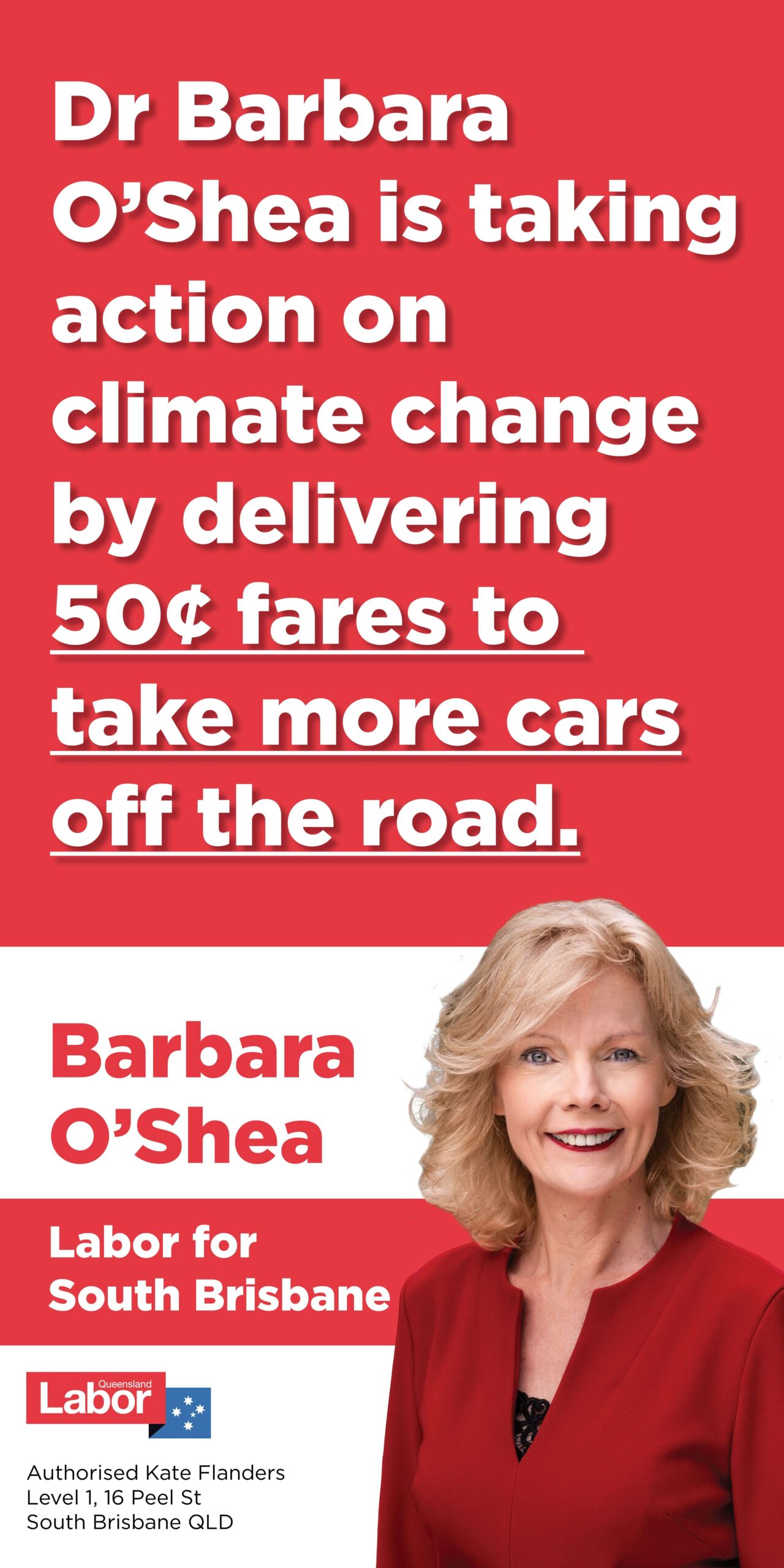By wandering along the river this coming month, close to Brisbane’s business centre, you can catch three impressive contemporary art exhibitions—all solo shows by Australian artists and all of which opened in June and continue until September or October.


eX de Medici: Beautiful Wickedness, installation view, Gallery of Modern Art. Photograph: Joe Ruckli
The grandest by far, certainly in terms of presentation, is the dual exhibition and smart pairing of Michael Zavros and eX de Medici installed in the two large ground-floor spaces of the Gallery of Modern Art. In both shows, the art is technically compelling: Zavros’ The Favourite is a sumptuous survey of 25 years of realist painting, sculpture, photography, and video, encompassing the artist’s ongoing explorations into fashion, European palaces, luxury cars, his children, self-portraits, and still life. With degrees of both contrast and similarity with Zavros, eX de Medici’s Beautiful Wickedness examines big themes, including the fragility of life, greed and commerce, power, conflict, and death, all interpreted through her detailed botanical studies and seductive large-scale watercolours—linking back graphically to her long-acclaimed, tattoo-ink-practice.

If you stroll south-west from GOMA along Grey Street (1000 metres or so) to Griffith University Art Museum (GUAM) in Southbank, you’ll find the art of Chantal Fraser in a substantial solo exhibition. In The Ascended, Fraser’s exploration of power, race, and class links ornamentation, personal protective devices, and protest aesthetics as a means to subvert and liberate. Working across sculpture, installation, video, performance, and photography she reflects the complexity of experiences for diasporic Samoan and Pasifika communities.
If you head across the river from GUAM, via the Goodwill Bridge and walk through the lovely Gardens Point Campus of Queensland University of Technology, you’ll arrive at QUT Art Museum where you’ll see another pleasing male-female duo in the exhibition I’m focusing on here. The well-matched pair, Troy-Anthony Baylis and Alice Lang, both skilfully fuse the written word to their material-based art, and both are QUT alumni.
The knitted, woven and sewed objects in Baylis’ I wanna be adorned are directly connected to Indigenous culture and colonial histories, here and in the Pacific. Baylis is a descendent of the Jawoyn people from the Northern Territory and also of Irish ancestry. Through an assemblage of objects of body adornment, the artist traverses disparate sources—from high to low brow, spanning literature and pop music, and from op shops to haute couture—to imagine a new reality, a brightly coloured dreaming of his own making. The exhibition features serial works dating from 2006 to the present, including new iterations and multi-component sculptural works, as well as a new series of appliquéd weavings.

Borrowing from all things, including its title from the 1989 song by The Stone Roses, I Wanna Be Adored, the exhibition celebrates the body, sexuality, Indigeneity, pop culture, art history, and queer aesthetics. We can join Baylis as he laughs, feints, and cleverly pierces our preconceptions, and, in so doing, links us to his work processes fired by a prodigious imagination.
As writer and researcher Katrina Schlunke astutely remarks in the final paragraph of her excellent online essay:
A guide to Baylis’s work might prescribe: laugh on arrival, fall suddenly quiet, and then wryly notice the heart, the ever-beating heart of the (at least) two worlds we live within. They may never beat as one, but Troy-Anthony Baylis suggests an expansive, critically campy, politically piercing mode of looking that might help.[1]
Equally provocative, Lang’s Flowah Powah borrows from a vibrant counterculture that grew out of Los Angeles in the 1960s (where she lives now), while playing on a uniquely Australian vernacular, through goading and sometimes humorous painting, text, and sculpture. Lang taps into the current political and cultural climate to deliver a lively visual journey full of kitsch, vulgarity, and beauty, challenging us to consider assumptions surrounding heteronormativity, gender roles, and body politics.
Lang’s use of materials conventionally associated with craft, such as marbled paper—reminiscent of the endpapers of a traditional book—and puffy paint, address the historical devaluation of feminised labour and materials. This provocation is echoed in the provocative language repeated throughout the exhibition and the scale of her graphic psychedelia.
As historian and lexicographer Amanda Laugesen writes in her online text:
Art and words have the power to provoke us. Alice Lang’s engaging, edgy, and brilliant creative works make use of words and images that stimulate and challenge the viewer to engage with the political moment [of capitalism and the patriarchy] we find ourselves in . . . Lang’s work highlights the fragility of both bodies and rights. Statements such as Never Again, Believe Women, and My Body resonate. The personal remains, as always, political.[2]
Reclaiming slurs such as ‘bitch,’ ‘slut,’ or ‘jezebel’ can be an act of empowerment as Lang reminds us with her work Slutz Vote. Lang also plays with the ways a single word can be used and reshaped in myriad forms: ‘shit’ as expletive, literal ‘shit’, ‘shit’ as part of a threat, ‘shit’ as playful; this goes to the heart of the malleability of language and speech.
Perhaps both Flowah Powah and I wanna be adorned are a call to engage with the politics (and potent words) of our time, including in humourous ways, such that we can gracefully embrace the future.
eX de Medici: Beautiful Wickedness and Michael Zavros: The Favourite
Gallery of Modern Art, Brisbane
24 June–2 October 2023
Chantal Fraser: The Ascended
Griffith University Art Museum, Brisbane
15 June–2 September 2023
Alice Lang: Flowah Powah and Troy-Anthony Baylis: I wanna be adorned
QUT Art Museum, Brisbane
20 June–1 October 2023
[1] Troy Baylis: I wanna be adorned
From 20 Jun-1 Oct 2023 / Gallery of Modern Art & Griffith University Art Museum & QUT Art Museum, Brisbane
Cover image: Alice Lang, 40 Ways to Say Cunt (detail), installation view, Flowah Powah: Alice Lang, QUT Art Museum, 2023. Courtesy of the artist. Photograph: Louis Lim.
Story reposted from Lemonade – original here https://lemonadeletters.com.au/reviews/river-city-shows


